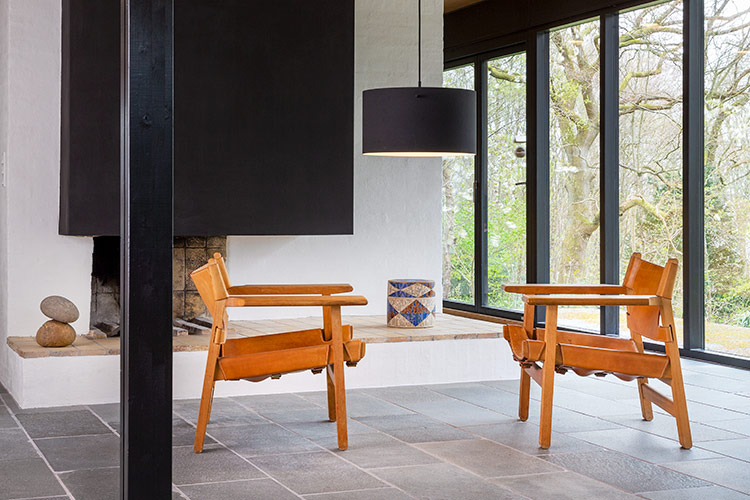
Danish Living – Design in Transition
On 12 June 2023, we will host a magnificent cross-border design auction at Bruun Rasmussen in collaboration with Bonhams' global network of auction houses. The spotlight will be on the unique Danish design tradition.
At our Live Auction in Copenhagen on 12 June, we will present a magnificent auction, featuring a unique selection of Danish design and decorative art – an idiom that spread across the world from the 1940s and onwards. This strong Danish design tradition formed the basis for developments in interior design, shaping the way people furnished and decorated their homes. It came at a time when architecture, lifestyle, family structures and economic conditions were changing, and reached a climax towards the end of the 1960s. The key words were quality, craftsmanship, sturdiness, and the nature’s light, materials and colours. This special Danish way of furnishing remains the epitome of Danish “hygge” and “New Nordic”, gaining renewed interest among design and interior design enthusiasts all over the world in recent years.
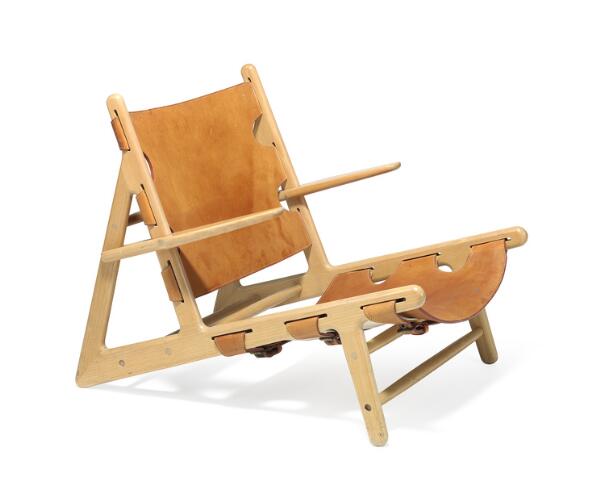
A Special Kind of Interior Design Takes Shape

|
|
The Danish design narrative is often rooted in the fruitful and seminal pairings of skilled cabinetmakers and creative furniture designers, who, based on theories formulated in the 1920s and 30s, became popular after 1945 – the years when Europe was recovering from the horrors of the Second World War. The experience of the war led to a desire to reform society and create a better world for humanity. The desire for change was rooted in a political, ideological and economic need, and new programmes for housing, education and welfare were introduced in Denmark. This led to a creative explosion among the Danish furniture designers, who wished to create new furnishing and interior design solutions adapted to modern life. There was distinct optimism in the designers’ creations during these years, and they created some of history’s greatest furniture icons and put Danish design on the world map. Much of the furniture of the period was expensive as a result of the exotic materials used and laborious craftsmanship, but despite a generally modest economy, consumers were eager buyers. |
|
As the post-war years went by, needs changed when it came to housing and interior design. The 1960s saw an upturn in the economy, and women entered the labour market, bringing about new family structures and changed ways of living. Consumers became more critical, and new trends emerged, along with a more selective approach to what people needed in the way of furniture. The small, post-war apartments were cramped, and many people moved to more spacious single-family houses in the suburbs, closer to nature. When social structures and mindsets change, the interior design of our homes generally follows suit. At the end of the 1960s, the tone in Danish interior design veered towards a more simple, solid look, with the focus on long-lasting furniture of a high level of craftsmanship and quality. Natural hues formed the colour palette of the home, the light Scandinavian woods such as oak, beech and ash were favoured, and ceramics and textile art adorned with simple geometric patterns became an important part of the interior. Much of the preferred design and decorative art of the late 1960s had been designed many years earlier in the post-war years by the best-known Danish designers, but the items were handpicked based on the new trend-setting aesthetics that now dominated interior design. |

|
Interior Design Then and Now
The mindset and aesthetics of the late 1960s are very much in keeping with our interior design preferences today. The climate crisis and the need for sustainability make the trend from back then even more relevant to us today. Our homes must once again reflect thoughtfulness, quality and resistance to consumerism. On the art market, we are therefore seeing a high demand for Danish furniture classics and decorative art, and the “Danish Living – Design in Transition” auction puts the spotlight on this trend with roots going back to the interior design of the 60s.
We look forward to welcoming you to the exhibition and auction in June featuring some of the most significant designers in Danish design history!
A Selection of Designers with Pieces up for Auction
|
Børge Mogensen – Furniture for the People Børge Mogensen (1914–72) was a leading voice in post-war furniture design. Cutting things to the bone became his guiding principle, and throughout his long career as a furniture designer, his design was guided by a vision to create simple, practical furniture that would enrich everyday life for everyone. He consistently used this limitation as a creative guideline because the furniture had to be sufficiently restrained not to dominate the free expression of people’s lives. |
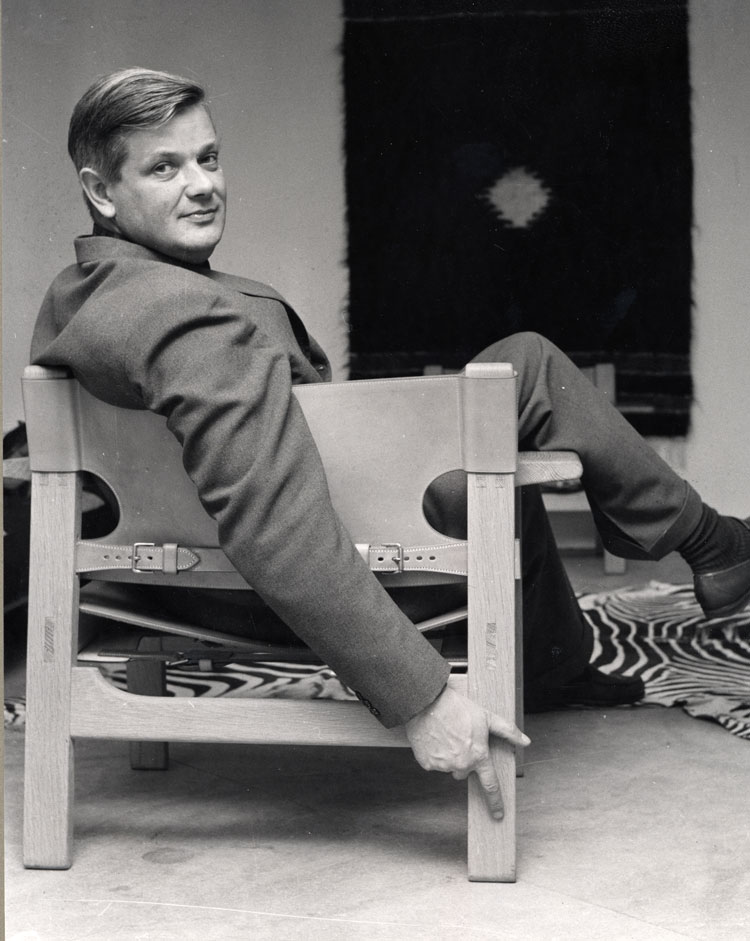
|
|
Gertrud Vasegaard – Nordic Pottery Tradition Artistic sensitivity and hard work – with her tactile stoneware, ceramicist Gertrud Vasegaard (1913-2007) has undergone something of a renaissance among collectors from all over the world in recent years. With Vasegaard’s work, it is all about the beauty of the imperfect, and the balance between weight, movement, rhythm and harmony. She began her professional career in the 1930s but left a deep mark on Danish ceramics over seven decades. Although her works received international attention early on, she never sought fame as a modernist craftswoman herself, preferring instead to be seen as a free artist, unconstrained by the trends of the day. |

|
|
Hans J. Wegner – The Master of the Chair There is no getting away from Hans J. Wegner (1914-2007) when it comes to the heyday of Danish furniture design. His breakthrough came in the years immediately after the Second World War with the mention of Danish design in the American “Interiors” journal in 1950 – a major milestone. In it, Wegner’s “The Chair” was referred to as the world’s most beautiful chair. Ten years later, the same chair was used as an accessory in the world’s first televised election debate between John F. Kennedy and Richard Nixon. Not only did this signal the start of Wegner’s own world fame, but also the international breakthrough for Danish design in general. |
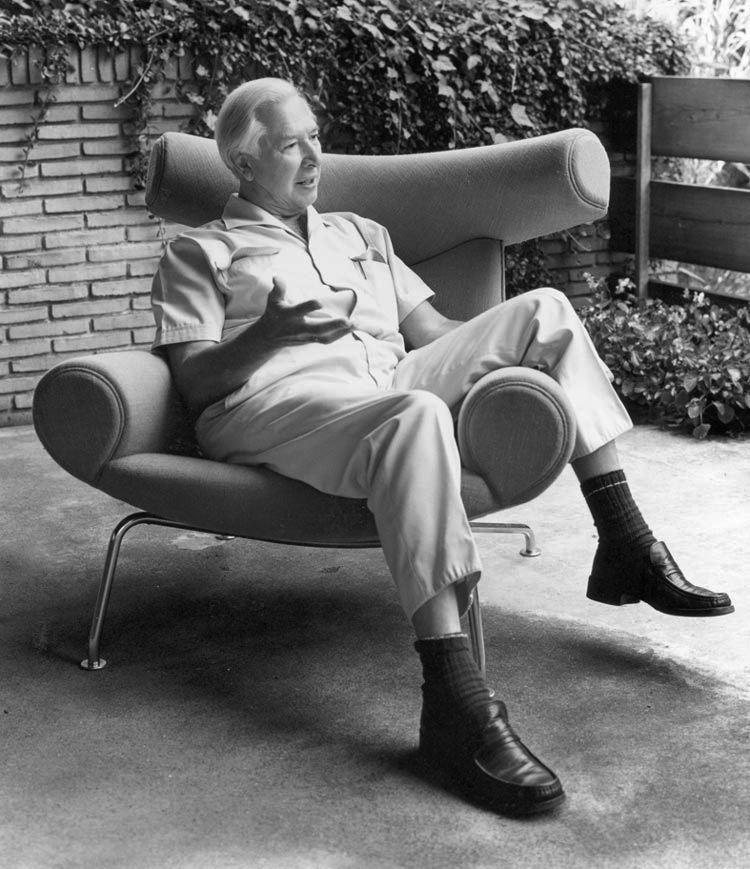
|
|
Nanna Ditzel – The First Lady of Danish Design Nanna Ditzel (1923–2005) was one of the few women who managed to break through at a time when the design world was very much dominated by men. It was far more common throughout the 1940s and 50s for women to throw themselves into ceramics and textile art. But it was different with Ditzel, who became a role model for future designers in Danish design history. |

|
|
Poul Kjærholm – Controlled Luxury In the 1950s, modern Danish furniture took the world by storm. Poul Kjærholm (1929–80) was one of the sharpest minds in Danish design history. Where most of his peers excelled in wood, the slightly younger Kjærholm opted for steel, flagline, leather, concrete and marble as his materials of choice. This did not make his furniture less popular, and he remains one of the most sought-after designers and enjoys broad international appeal. |
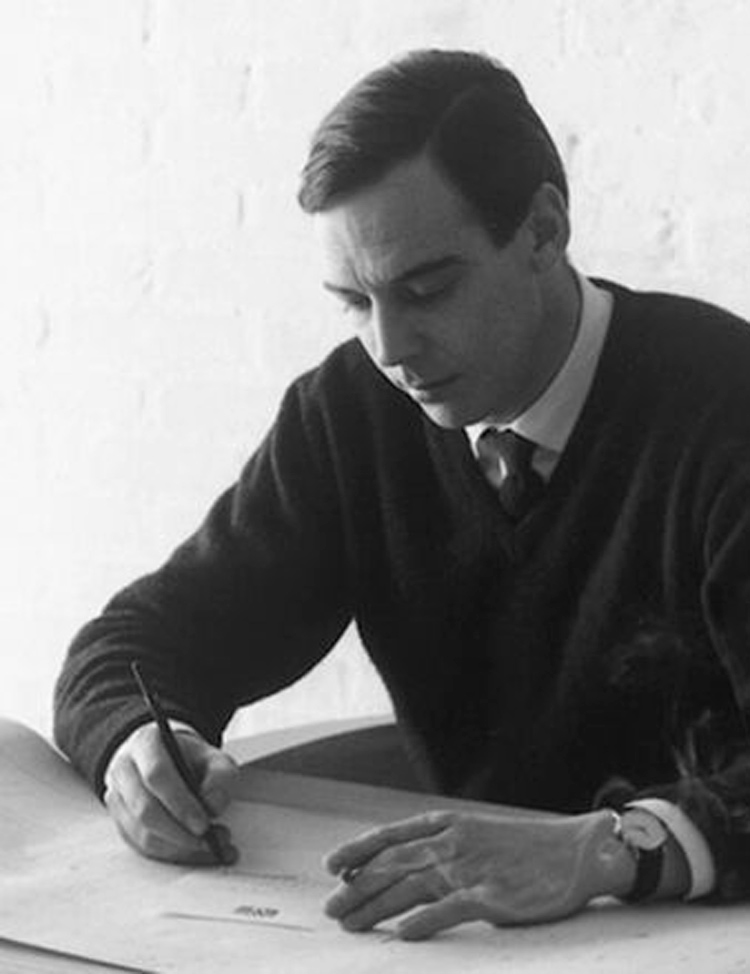
|
|
Vibeke Klint – World-class Textile Art Weaver and textile designer Vibeke Klint (1927–2019) has rightly been called “the greatest pioneer of carpet weaving”. Her iconic rugs with their simple, geometric shapes and perfectly matched and muted colours are an important part of the narrative of Danish craftsmanship and very much representative of the preferred way of furnishing in the late 1960s and today. Klint graduated from the School of Arts and Crafts in 1949, and in 1953, she took over her mentor Gerda Henning’s workshop. |
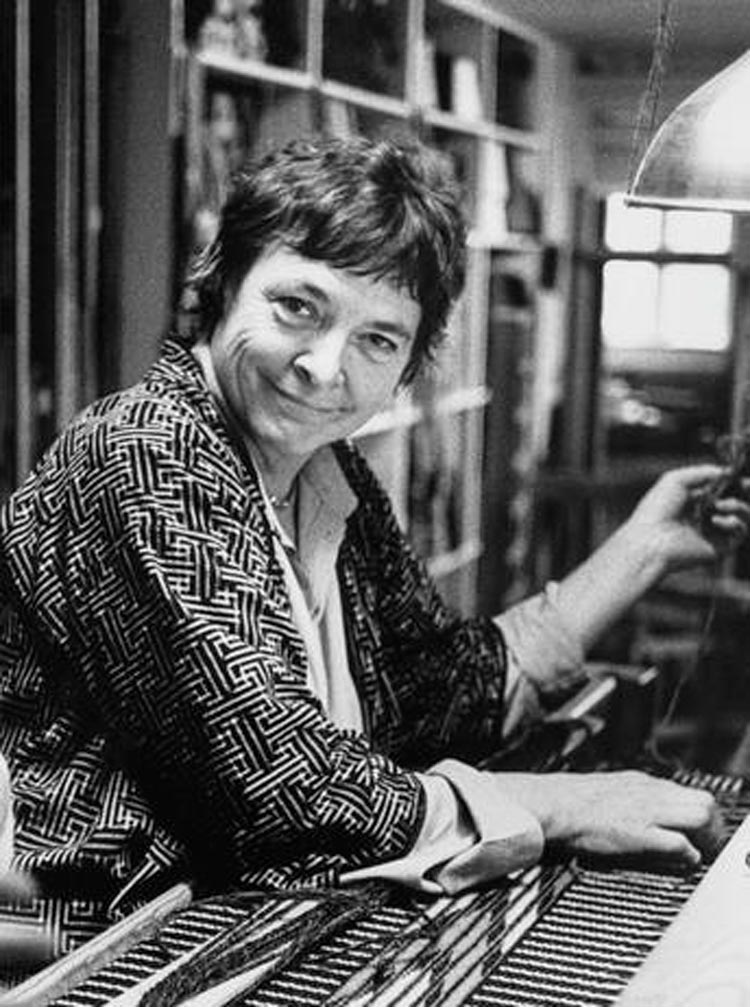
|
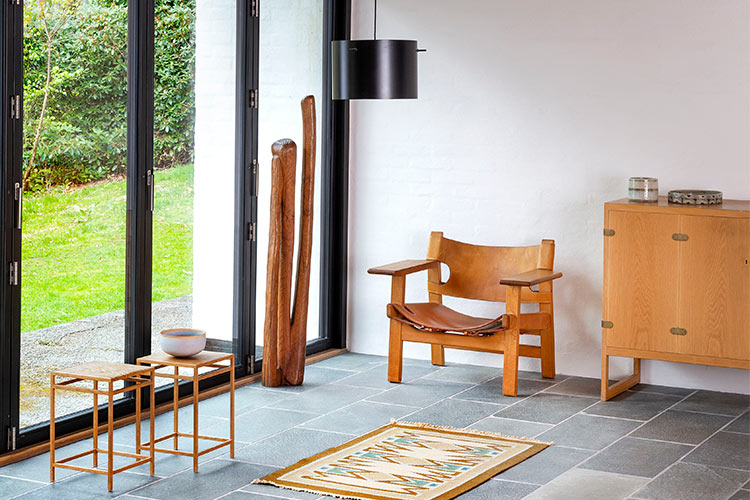
Bruun Rasmussen X Tom Dixon X 3daysofdesign
Talks, Robot Art, Music and Drinks
For further information, please contact:
|
|
Peter Kjelgaard JensenPeter Kjelgaard JensenHead of department / Modern Decorative Art & Design / Bruun Rasmussen Auctioneers / Denmark |
|
|
Benjamin WalkerBenjamin WalkerGlobal Head of Modern Decorative Art and Design / Bonhams / USA |
|
|
Camilla BehrerCamilla BehrerHead of Design / Head of Modern Decorative Art and Design / Bukowskis / Sweden |
|
|
Claire GalloisClaire GalloisSpecialist / Modern Decorative Art and Design / Cornette de Saint Cyr / France |
|
|
Marcus McDonaldMarcus McDonaldDirector / Modern Decorative Art and Design / Bonhams / London |
|
|
Marcel BrouwerMarcel BrouwerInternational Specialist, Europe / Modern Decorative Art and Design / Bonhams / Netherlands |